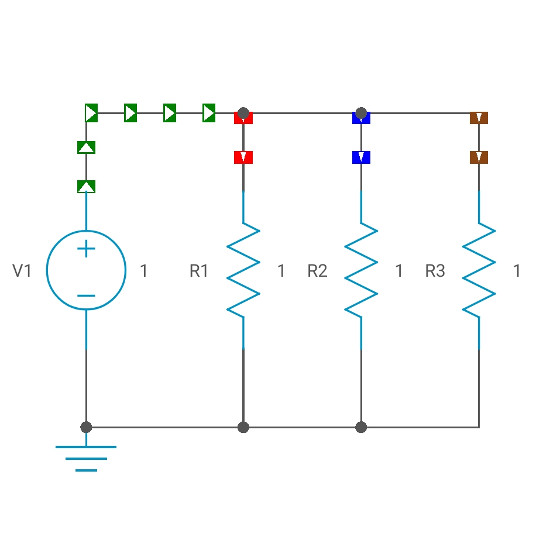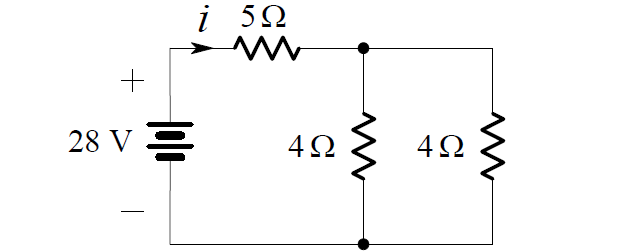
When I add resistors in parallel I reduce the overall resistance alright now the way that this parallel network is going to work I've got 5 amps coming in and I've got 2 resistors the 15 ohm and the 10 ohm. So that's an important thing to remember about parallel and it will immediately tell us that you can't just add. If I add in parallel it's like constructing a new road that also goes from point a to point b and so that's actually going to reduce the traffic. If there's only 1 road then it's going to be annoying, anybody who wants to go from point a to point b got to take that road. Now one thing that we can think about parallel circuits as is kind of like you're trying to get from point a to point b.
#Parallel resistors plus#
Now very, very, tempting but absolutely incorrect to try to flip this up-side-down and say that just means r parallel equals r1 plus r2 that is not true. So 1 over the effective resistance equals 1 over r1 plus 1 over r2.
#Parallel resistors series#
When I add them in series I just add, when I add them in parallel what we say is that the reciprocals add. So adding resistors in parallel is more complicated than adding them in series. 1 over r parallel equals 1 over r1 plus 1 over r2. Now the potential difference is the same so that means that that's going to cancel out along with the minus sign and that gives us a formula for adding resistors in parallel. So it'll be minus potential difference over r parallel equals minus potential difference over r1 minus potential difference over r2. So I want the potential difference to be the same obviously the current going in here into my effective resistor is going to be i and so what we're going to do is we're going to write the current as delta v over r the potential difference divided by the resistance wiht of course our obligatory minus sign. i1 plus i2 alright now as always what we'd like to do is consider this parallel network as a single effective resistor. The current is going to add, so what we would say here is that i1 plus i2 is equal to the total current i.


They were just 2 different branches that went through. Alright so in parallel potential difference is the same, so the potential difference between these 2 points is the same because they're the same 2 points. Alright so basically parallel networks consist of 2 separate circuits that are independent of one another. The current comes in and then it has a choice, it's going between the same 2 points but there's 2 different roads that it can take. So in parallel a resistor network looks like this. So first off what does parallel mean? Parallel means there's a choice, it means that there's a branching off in thee circuit and if the current can choose to go one direction or another direction. So let's talk about resistor networks that are connected in parallel.


 0 kommentar(er)
0 kommentar(er)
